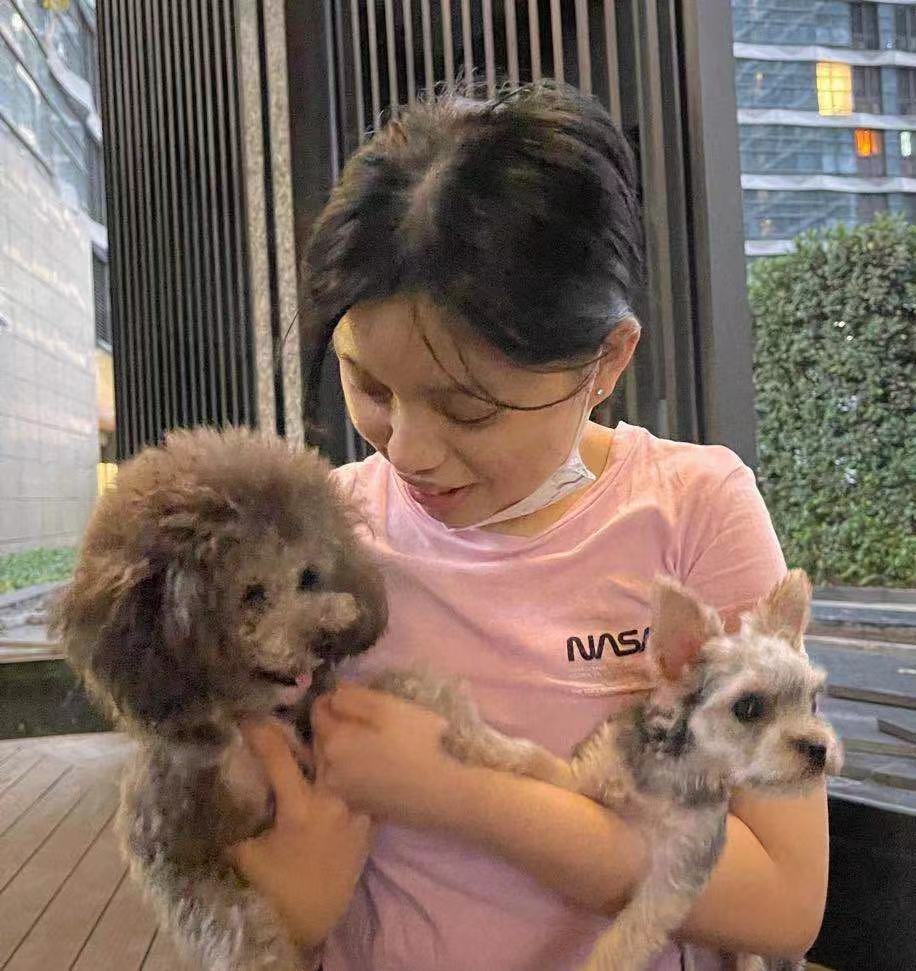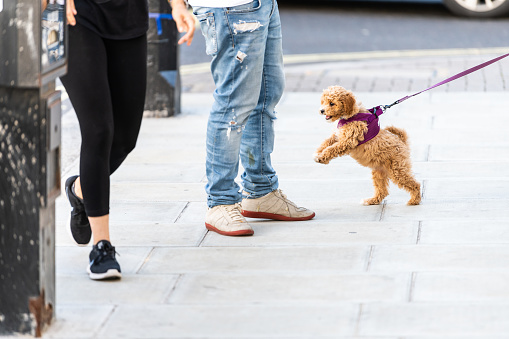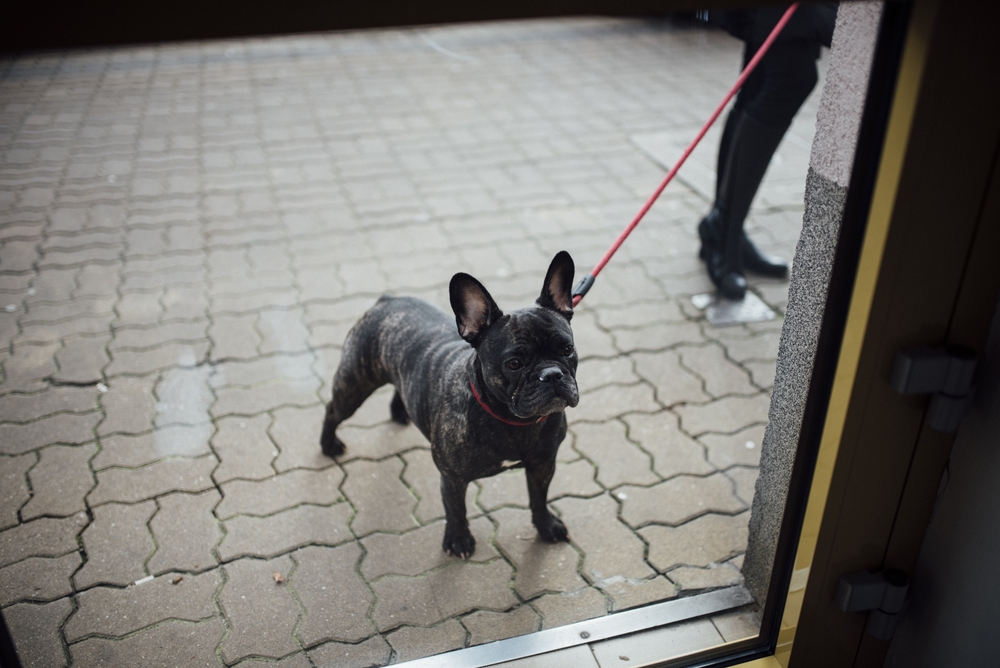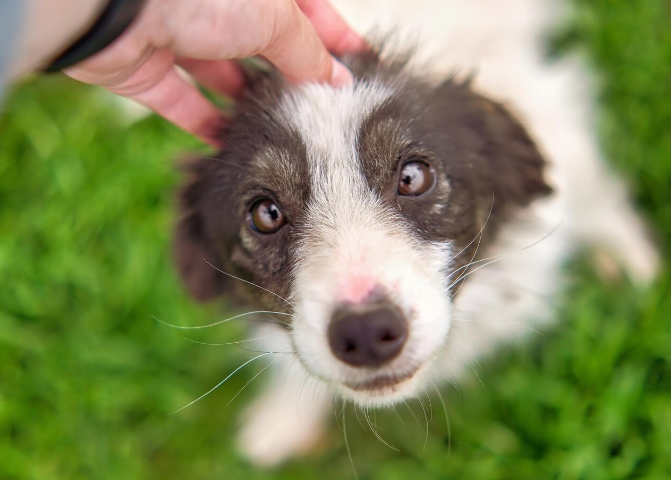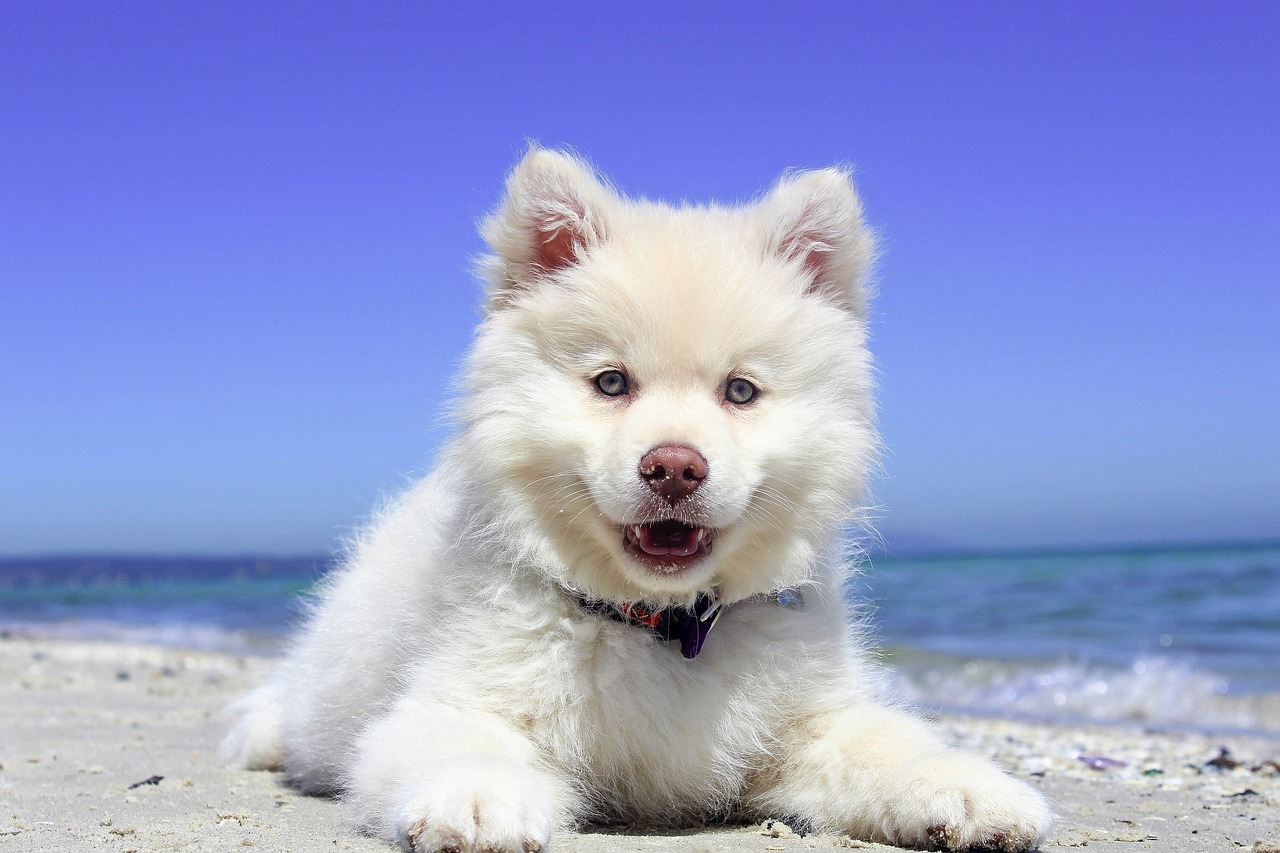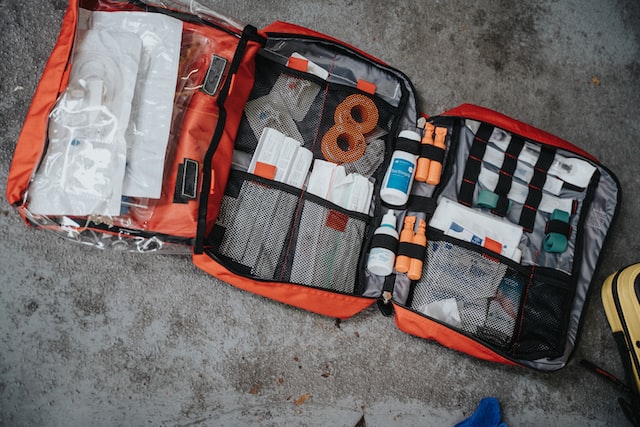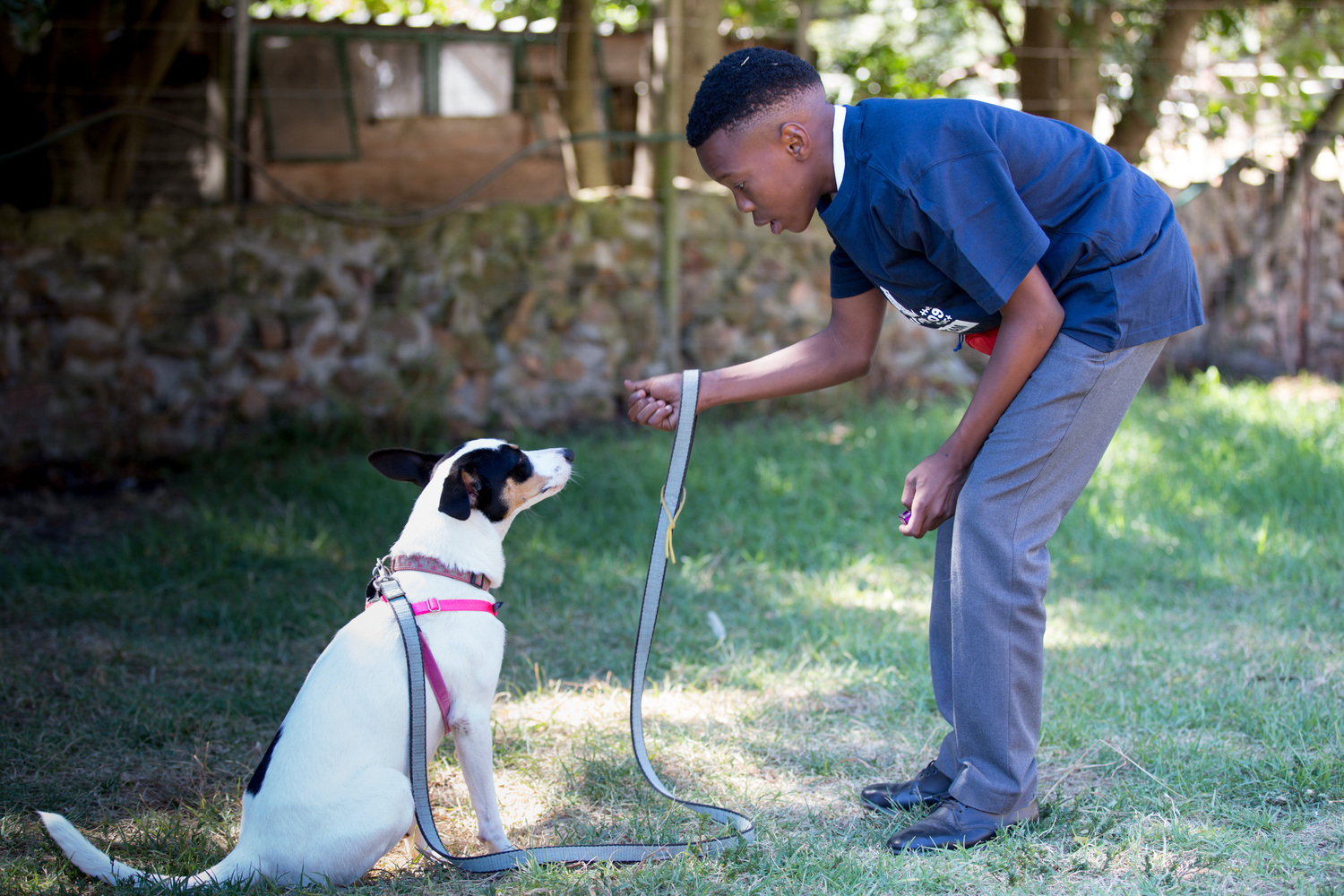
Training a dog can be a challenging process, that requires knowledge of different techniques, time, energy, patience and consistency. Whether the process will succeed or not, depends on a lot of factors, especially the dog’s temperament, age, training background and the personality and knowledge of the trainer. During the training process trainers, who can be the dog owners themselves, need to consider the innate abilities of the dog, the pace they feel comfortable with, their age, as puppies should not be given too difficulties tasks, and most important- their health. Dogs, while still in the puppy phase, do not have a fully developed bone structure and dogs with health issues should go through proper treatment and heal before being trained. Some impairments and health issues are more severe and make it impossible for training to be conducted.
If you are raising a dog who has hearing impairments or is completely deaf, you may find it too difficult or challenging to train him/her. Actually, deaf dogs have the same needs as other dogs and will not be less loyal to you and definitely will not enjoy less your attention, walks and playtime. Dogs are intelligent creatures and most of them adapt pretty well to changes in the surroundings and various situations. Similarly to humans, dogs perceive the surroundings through their senses. When one of them is impaired dogs will use and enhance the others so that they can receive and process the information that the environment provides.
We will be happy to let you know how to train a deaf dog / dog with hearing impairments, so that they can learn all the basic skills, that will help them become confident, socialized and happy dogs.
Train Your Dog to Focus
As a first step you will need to get the attention of your dog, so that they can stay focused on you. Since your dog is deaf, they will be unable to respond to you when calling them by name. The best way to teach your doggy to focus on you is by using treats and games. They are an important part of the so-called positive reinforcement and will encourage your dog to perform specific behavior.
We would recommend that you chose a room in your home free of distractions for the training to start. Wait until your dog randomly looks at you and immediately give them a treat as a reward. If your dog stays close to you making eye contact, give them another treat to mark the wanted behavior. You may need to repeat the steps several times and then chose a different spot in the room for the training to continue. Be patient and wait for your furry friend to come to you and look at you. When they perform the wanted behavior, reward them immediately.
Pair Treats With a Signal
You may want to incorporate tools in the training process, that can replace verbal commands like “Look at me” or “Watch me” and still be effective. We would recommend that you use a laser pointer, flashlight, or touch (very affectionate). You need to wait for your dog to make eye contact with you. Then give a signal and provide a reward. Timing is important, and you should reward your canine right after they perform the wanted behavior, so that they will be able to associate the reward with the behavior. As a next step you need to wait your dog to take their eyes off you before giving the signal and provide a reward. Your canine is likely to start looking at you when they see the signal. Gradually they will learn to respond to the signal as they will know that it will worth. At this point you are likely to be able to get the attention of your dog as needed.
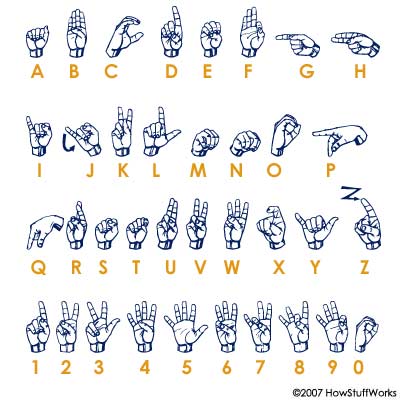
Hand Signals as Marking Signals
Since vocalization will not work in this case, you can effectively replace it with hand signals. The good news is that there are no unified hand signals that you will have to use. These can be the most commonly used hand signals for basic obedience commands, the sign language or your own signals. The most important thing you need to consider is to apply one signal for one command only. If you want your dog to perform a certain behavior, give them a signal associated with this particular behavior and do not change it over time. Otherwise, your canine will get confused, and the training is likely to fail.
A common training technique that you can use to train your dog to recognize and respond to hand signals is the “lure” technique. The general idea behind it is to make movements in order to lure your dog to perform a wanted behavior. These movements naturally convert into a hand signal, that “hide” the luring. The most popular and easy way to illustrate this technique is by conducting a “sit” training. You need to have a treat and hold it over your dog’s head. Your hand lifted with an open palm from your side, so that it builds a 90-degree angle, naturally turns into a gesture or a cue signal for the “sit” command.
It is important to mark the behavior when performed or to use the so-called “capturing”.
Capturing
If your canine still does not know how to perform a certain behavior on purpose, you need to wait for them to perform it accidentally and immediately mark it with a hand signal and give them a reward. You need to repeat these steps several times and then add a cue signal. The cue signal is the hand signal you will give your dog when you want them to perform the behavior. Remember that it has to be different from the hand signal used to mark the behavior. When your canine starts performing the task, give the hand signal right away. After they are already in the wanted position i.e. they are in a sitting or laying position, mark the behavior and give a reward.
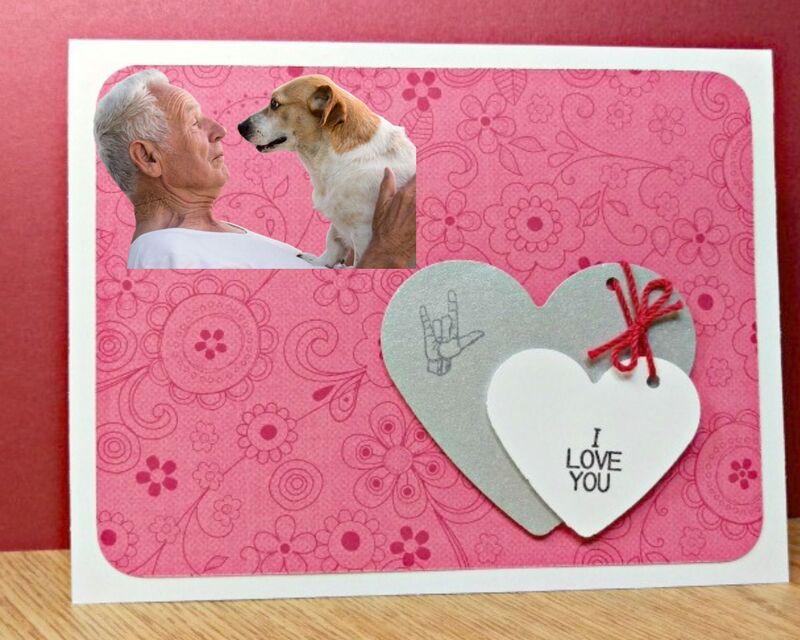
What Do You Need to Remember When Training a Deaf Dog?
Be careful to not scare your dog
If you would like to use a gentle touch to get your dog’s attention, you need to be very careful. Since your dog is unable to hear you coming towards them, they may get scared, which can make them growl. In order to prevent your dog from having negative experience, we would recommend that you are really affectionate and once you touch your doggy on the shoulder or the back, reward them instantly. You may need to repeat these steps several times throughout the day, so that your canine can get used to them and associate them with positive experience.
Talk when giving the commands
This may sound weird, but there is a logical explanation for it. Since dogs are very good at reading their owners’ body language, you may want to talk while giving the commands, so that your body language appears naturally.
Keep your dog on a leash while in public
Leash training is important for all dogs, but is crucial for deaf dogs in particular. All kinds of situations may occur, and your canine can get distracted especially when being in unfamiliar areas. In order to ensure their safety and the safety of all passerby, you should conduct leash training.
Never forget to reward the wanted behavior and show your love
We would advise you to not only give your pooch treats after they perform a specific task, but use secondary (conditioned) reinforcement as well. Pet them, scratch their ears, have body language that express your joy. They will know that they did a good job. Gradually you can decrease the amount of treats and rely more on secondary reinforcement.
All dogs deserve to be loved and appreciated. Deaf dogs can also lead a fulfilling and happy life, you just need to show them your love and commitment.



